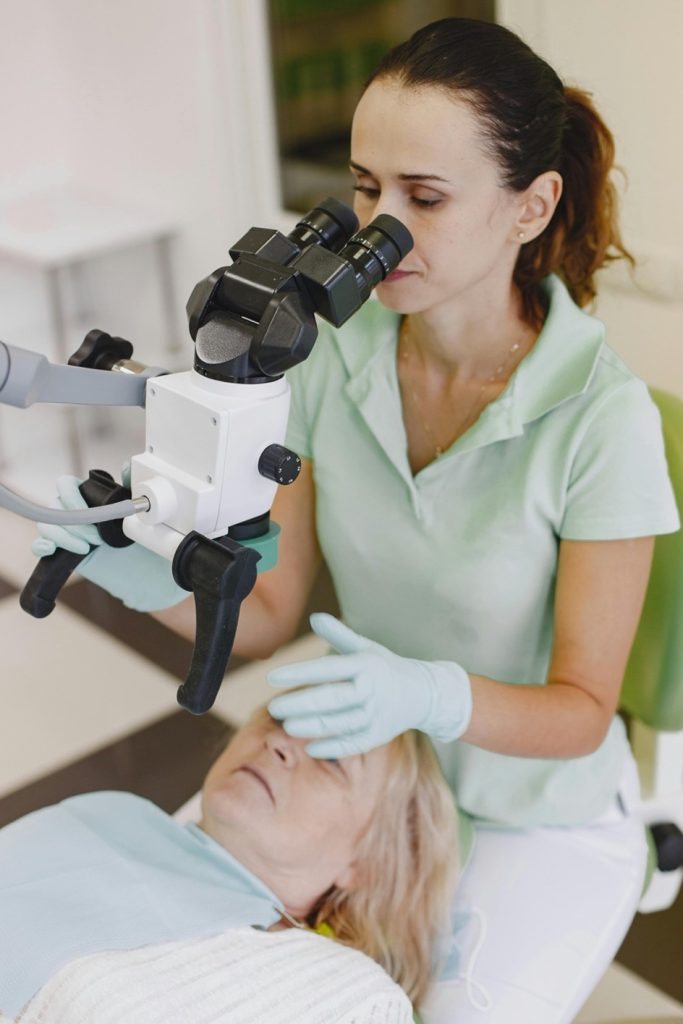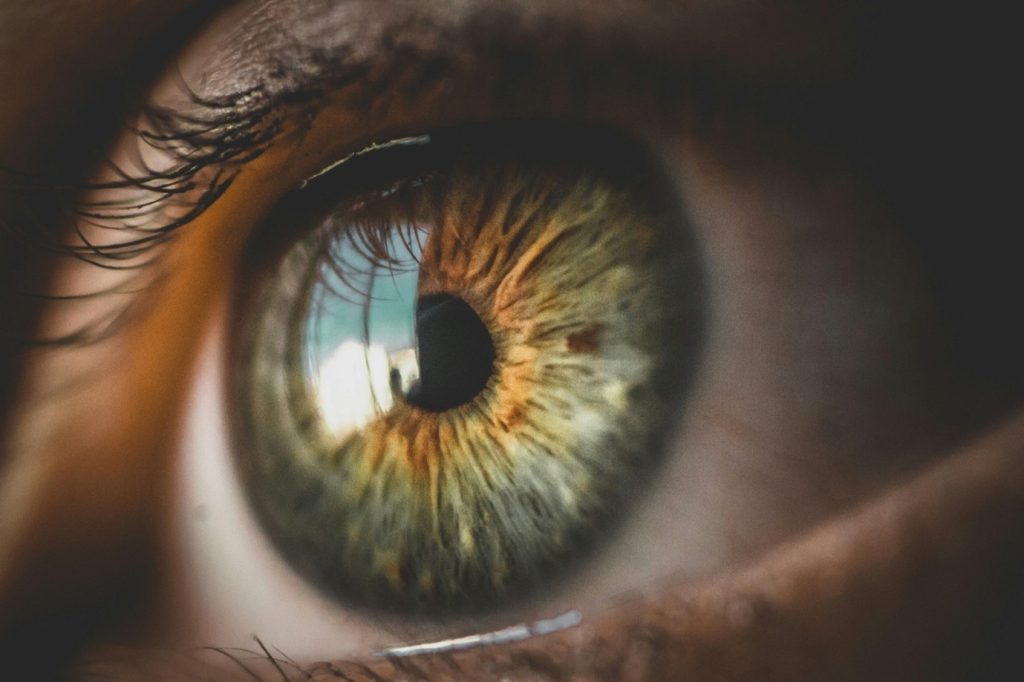
LASIK eye surgery can be a transformative procedure, offering sharper vision without the constant need for corrective eyewear. This quick and relatively painless procedure reshapes the cornea to address common refractive errors like nearsightedness, farsightedness, and astigmatism. For those considering LASIK surgery in Houston Texas, understanding post-surgical care is essential to achieving the best possible outcome. Knowing what to expect during recovery can help you navigate the healing process with confidence.
How Long Does LASIK Recovery Take?
Every person heals differently, but most individuals notice significant vision improvement within 24 to 48 hours after surgery. Many patients are even able to return to work the next day. However, complete healing and visual stabilization can take several weeks or even months. Adhering to post-operative guidelines can help speed up recovery and minimize potential complications.
Factors That Influence LASIK Recovery Time
Several factors impact how quickly your eyes heal after LASIK eye surgery:
- Vision Prescription Complexity – Individuals with stronger prescriptions may experience slightly longer healing times.
- Corneal Thickness – The cornea’s structure affects how well it responds to the reshaping process.
- Overall Health – Conditions like diabetes or autoimmune disorders can slow recovery.
- Age – Younger patients often heal faster, but results remain highly successful across all age groups.
- Adherence to Post-Operative Care – Following your surgeon’s instructions is key to a smooth recovery.
Before undergoing LASIK, disclose any pre-existing medical conditions and medications to your surgeon. This ensures an accurate evaluation of your potential healing timeline.
LASIK Healing Timeline: What to Expect
Day of Surgery
Right after LASIK, it’s common to experience blurry vision, sensitivity to light, and mild discomfort. Your surgeon will advise you to rest with your eyes closed for at least a few hours. Some patients report a foreign body sensation or excessive tearing, but these symptoms generally improve quickly.
First Few Days
Your vision will begin to clear, but fluctuations in sharpness are normal. Prescription eye drops will help prevent infection and reduce inflammation. Avoid rubbing your eyes and follow all aftercare instructions carefully.
First Week
Most patients experience major improvements in vision within a week. However, it’s important to avoid eye strain and activities that may cause trauma, such as contact sports. Wearing protective eyewear at night can prevent unintentional rubbing during sleep.
First Month
Vision continues to stabilize. At this stage, dryness may still occur, so lubricating eye drops are recommended. Follow-up visits allow your surgeon to monitor progress and address any concerns.
Long-Term Healing
Complete recovery may take several months. Some individuals experience mild glare or halos around lights, especially at night, but these effects generally diminish over time. In cases of under or over-correction, a minor enhancement procedure may be necessary after 3 to 6 months to refine results.
Essential Post-Operative Care for Faster Healing

Following post-operative care instructions is critical to achieving optimal visual outcomes. Here are five key guidelines:
1. Attend All Follow-Up Appointments
Regular check-ups help monitor healing and detect any potential issues early. Be sure to attend all scheduled visits with your surgeon.
2. Use Prescribed Medications as Directed
Eye drops and other prescribed medications help manage inflammation, prevent infection, and keep eyes hydrated. Stick to the recommended schedule to support smooth healing.
3. Avoid Eye Makeup and Skincare Products
For at least one week, refrain from using eye makeup or applying skincare products near the eyes. This reduces the risk of irritation and bacterial contamination.
4. Protect Your Eyes While Sleeping
Wear protective eyewear at night to prevent accidental rubbing or pressure on the eyes.
5. Follow Activity Restrictions
Avoid swimming, heavy lifting, and contact sports for at least a few weeks. Your surgeon will provide specific guidelines based on your recovery progress.
Managing Common Concerns During LASIK Recovery
During the healing period, some temporary side effects may occur:
- Dry Eyes – Artificial tears or prescribed eye drops help relieve dryness and maintain comfort.
- Glare or Halos – Some patients notice light sensitivity, especially at night. This typically improves over time.
- Fluctuating Vision – Vision may appear sharper on some days and slightly blurry on others. This is a normal part of the healing process.
- Sensitivity to Touch – Avoid rubbing or touching your eyes to prevent complications.
The Importance of Follow-Up Care
Regular follow-up appointments allow your surgeon to assess progress and make necessary adjustments. During these visits, visual acuity is tested, and any lingering concerns are addressed. Consistent monitoring ensures the best possible recovery outcome.
Enjoying the Benefits of Clearer Vision
LASIK eye surgery offers an incredible opportunity to achieve clearer vision and reduce reliance on glasses or contact lenses. By following post-operative care instructions and attending follow-up appointments, you can ensure a smooth and successful healing process. If you’re considering LASIK, consult with a qualified eye surgeon to determine if you’re a suitable candidate for the procedure.


